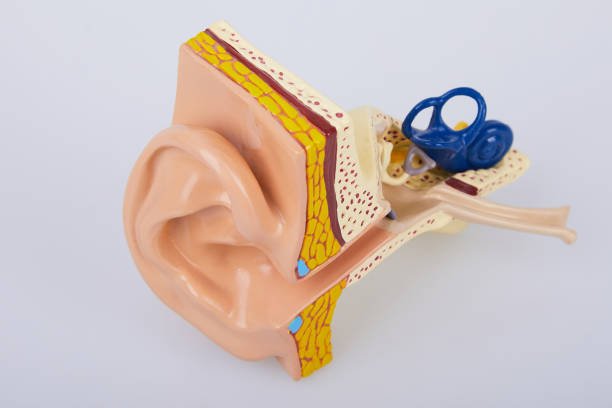Earwax Problems: Causes, Symptoms & Treatments
If you’re struggling with the feeling of stuffy ears, earache, tinnitus or even hearing loss, you might have a build up of earwax in your ears. Read on to learn more about earwax and the problems it can sometimes cause.
What is earwax and why do our ears have it?
Earwax, known medically as cerumen, is the name given to the waxy oil produced in our ear canals. It is usually brown, red, orange or yellow in colour. Earwax is actually beneficial as it helps to protect the delicate areas of your ears from water, fungus or bacteria. As well as protecting against infections, earwax keeps your ear canals clean and moisturised too.
What is excessive earwax?
Our ears naturally produce earwax to keep them in good health. Usually, it falls out on its own without us even noticing. But sometimes our bodies can produce earwax quicker than they can remove it, leading to an excess of the wax in the ear canal. This can lead to ear wax build up, which in turn can cause problems or discomfort.
What causes earwax build up?
There are lots of different causes of earwax build up, either naturally occurring or arising from lifestyle. Some of the most common causes include:
Using Q-tips or cotton buds too deep inside your ear canal, compacting the wax and making it difficult for your ears to remove
‘Swimmer’s ear’ – an infection caused by damp conditions in the ear canal, allowing bacteria or fungi to develop
Narrow ear canals, or damaged skin in the inner ear
Excessive ear hair growth that traps the wax inside
What are the symptoms of excess earwax and build up?
As with all medical conditions, earwax build up can cause different symptoms in different people, and can depend largely on the root cause. The most frequently reported symptoms that indicate an earwax build up are:
Earache
Stuffy or blocked feeling in the ears
Tinnitus (ringing or buzzing sound in the ears)
Hearing loss
Feeling dizzy, nauseous or loss of balance (vertigo)
Congested or sore sinuses
Ear infections
What treatments and/or cures work for earwax issues?
More often than not, minor earwax build up can be treated simply at home. Some home treatments include:
Administering a few drops of olive oil (or similar) to the ear canal, and letting it loosen the wax over a few minutes before letting it drain out
Over-the-counter ear drops or earwax softeners
Massaging the outer ear with circular movements to warm and loosen the wax
It is important not to put anything in your ear canal if you have perforated eardrums. If the problem is more severe, or you’d rather let a professional take a look, there are other options available such as:
Microsuction – using gentle suction to dislodge and remove built up ear wax
Ear irrigation – the process of flushing a small amount of water through the ear canal
Using a curette – a long, curved ‘scraping’ tool that can be used to carefully remove a blockage


